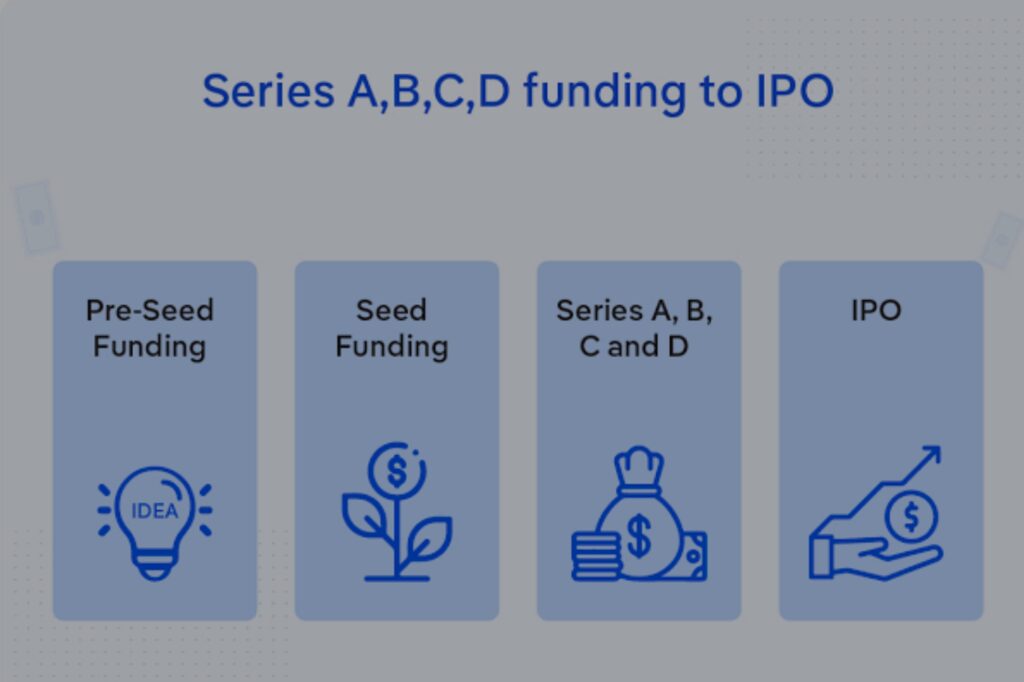When I first started blogging, I never imagined I would be writing about investing in private companies. But after interviewing founders and studying venture capitalists (VCs), I realised that anyone can adopt the strategies involved in becoming a venture capitalist without any suit or Silicon Valley connections.
In this guide, I’ll break down how venture capitalists find the next Google or Uber and how you can replicate their approach with the small budgets that you have. Whether you are curious about equity crowdfunding or buying pre-IPO shares, I have got you covered through this article. Let’s dive in.
Table of Contents

What is Private Company Investing
Private company investing involves providing capital to companies that are not publicly traded. These companies can range from startups to underdeveloped businesses, and they often require funding to scale their operations or develop new products.
As an individual investor, you can invest in private companies through various channels, including:
- Venture capital funds
- Angel investing
- Online investment platforms
What I Learned About Venture Capital And Why It’s Not Just for the Rich
Venture capitalists are not magic wizards with special abilities. They are just strategic risk takers who see opportunities and take their shots. Below are the basics of how it all evolved.
Stages of Startup Funding:
- Seed Stage: Think of this as the idea phase. The phase where the idea of a business is conceived. A startup can use money to build prototypes, something like a new app that is geared to solving a particular problem.
- Series A/B/C: This is the point where the startups begin to scale up. Imagine a company expanding from 10 employees to 100 or launching in new countries to have different branches in each country.
The VC Mindset
Most of the venture capitalists understand that many startups fail (about 75%!), but they are still hunting for the 1% that will become unicorns. (companies worth $1B+).

3 Simple Ways To Start Investing in Startups Without Millions
When I began on this journey of investment, I always thought private investing was only for Wall Street types. But it turns out that there are easy entry points in this business that I will be sharing with you.
- Equity Crowdfunding: The “Mini-VC” Route
Platforms like “SeedInvest” or “Republic” let you invest as little as $100 in startups. With this, you would be able to own a tiny slice out of the worth of the company, like buying a single LEGO piece in a massive set. You can spread $1,000 across 10 companies and reduce the risk of losing your funds if the one company you invest in is not doing well. - Secondary Markets: Sneak into Pre-IPO Companies
Sites like “EquityZen” or “Forge Global” allow you to buy shares from early employees or investors in companies like SpaceX or OpenAI. It is like grabbing a concert ticket from someone who can’t go. The opportunity is massive. I remember buying shares in a cybersecurity startup here. It has not been glamorous, but returns are steady. - Angel Investor Groups: Team Up with the Pros
These are professionals that understand the market more than you do. I joined an “AngelList syndicate” where experienced investors lead deals. You would be able to chip in $1k–$5k and piggyback on their expertise.
Pro Tip: Allocate only 5–10% of your portfolio to private investments. Keep the rest in stocks or ETFs for balance.
How to Vet Startups Like a Venture Capitalist Investor
Step 1: Grill the Founders Nicely
Venture capitalists always believe that the team matters more than the idea. You should enquire if they have built companies before? Do they admit to their mistakes? No matter how wrong some founders are, they will always shift the blame to one of their team members. I avoid founders who blame others for failures.
Step 2: Assess Market Demand
A startup that chose to start selling AI tools for dentists sounds niche, but if 80% of dentists want AI, that’s a $10B+ market. You can use free tools like “Google Trends” or “Statista” to check demand and evaluate any startup you are thinking of investing in.
Step 3: Analyze Financial Health
After deciding on a particular startup, I look for their:
- Monthly Recurring Revenue (MRR): Is it growing by 10%+ monthly?
- Burn Rate: If they’re spending $100k/month and have $1M cash, they’ll crash in 10 months without more funding.
My Go-To Resources: Crunchbase (for funding history) and LinkedIn (to stalk the team’s background).
2025 Investment Trends That Are Reshaping Startups
- AI That Saves Energy and Not Just Chatbots
Data centres will consume more power. Startups that build energy efficient AI chips like “Groq” are getting crazy funding. I am eyeing this space. - High tech Disruptions in Traditional Industries
Construction firms, farming industries, and healthcare are ripe for disruption. Example: A startup I invested in uses drones to monitor the state of their crop, the growth process and its health. You can consider that to be boring, but it is definitely profitable. - Private Credit: The Quiet Moneymaker
With some banks that are stingy on loans, startups choose to borrow directly from investors. Platforms like “CircleUp” offer 8–12% returns. It’s less productive than equity but it is safer to invest in.

The #1 Lesson VCs Taught Me: Patience Pays
It will be a big mistake to start expecting a return that makes your income equal to that of Elon Musk’s returns in a year. It is normal as a VC to wait for 5–10 years before you get a decent payout. These practical steps to stay patient will help you:
- Set Reminders, Not Alarms: I check my startups’ updates quarterly, not daily. If you check your updates daily you will soon get weary and might lose hope when you start thinking nothing significant is happening.
- Reinvest Wisely: When one company raised more funds, I bought extra shares instead of cashing out to spend.
- Network Even from Home: You can join virtual meetings on their various platforms so that you can discover new things that are happening.
Conclusion:
You don’t need a Harvard MBA to invest like a VC. I started with $500 and a lot of Googling. Today, my portfolio includes a climate tech startup and a fintech app.
Your Next Step: Pick one platform (I recommend “Republic” for beginners) you can invest at least $100 in a company that solves a problem you care about. Learn, adjust, and grow from there.
FAQ:
“What if I only have $500?”
Start with equity crowdfunding and split it between 2–3 startups for diversification.
“How do I know if a startup is lying?”
Check out their claims. If they claim to be partnering with Google, search for press releases or LinkedIn posts from Google that talk about that.
“What’s the biggest mistake new investors make?”
Falling in love with the idea instead of focusing on the team. Strong founders adapt even if ideas pivot.
Have you read this “How to Analyse a Startup’s Financial Health”?


